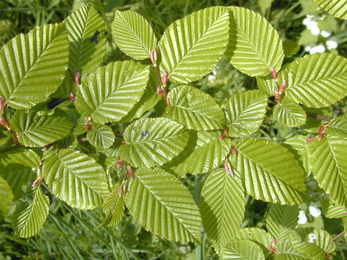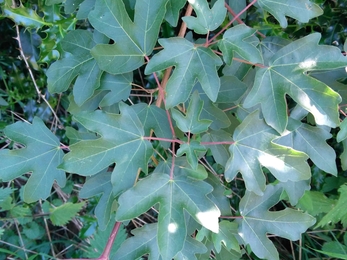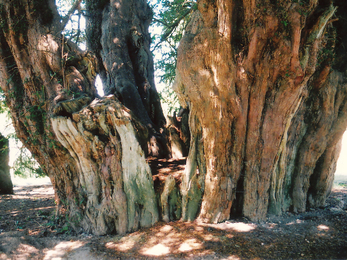It’s National Tree Week, an admirable day to highlight the lack of tree cover in the UK. But not all regeneration needs to happen through tree planting. While tree planting has its place in certain areas, the very concept harks back to a Victorian era syndrome where we must be in control of our environment to improve it -ignoring the fact that it does a pretty great job of regenerating itself if we let it.
We’d like to turn National Tree Week on its head in this blog and highlight eight of our favourite tree species in Kent, celebrating the strength and resilience of trees which, given the right conditions, can make a come-back all on their own.
Silver birch (Betula pendula)
Silver birch are the makers of new woodlands. First to colonise and quick to establish themselves. They stand out for their striking white bark, iridescent in a shady woodland. Their leaves are light green, small and triangular shaped with toothed edges. In the autumn these leaves fade to yellow and drop to the floor in their thousands. As a monecious plant, both male and female catkins grow on the same tree, a technique evolved to help speed up sexual reproduction on the tree. In winter you’ll find the forest floor ladened with the seeds that didn’t manage to hitch a ride on an upward current, escaping from its parent and taking root further afield.
These trees support over 300 insect species including many moths such as the angle-shades, buff-tip and Kentish glory. They evolved a special mycorrhizal relationship with many mushrooms such as the wholly milk cap, birch milk cap and birch brittlegill. And they’re wood is home to the parasitic birch polypore mushroom which kills the trees off slowly until one day their tops fall to the forest floor, a feast for the insects below.
















